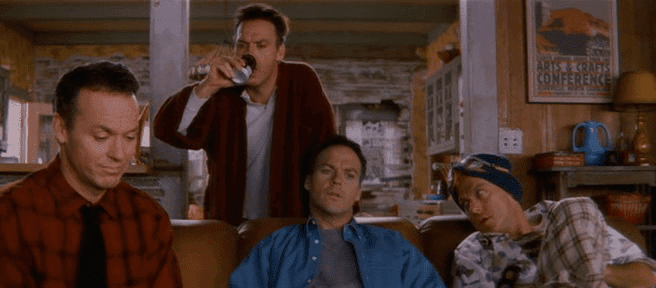As much as everyone in the hair wear community is interested in new topicals and hair restoration techniques to halt balding or restore hair growth, there are plenty of scientists working diligently on the idea of hair cloning. But is science even close to restoring hair this way?
The continuing speedy progress in genetic engineering could certainly prove promising in this regard. Cellular therapy is the term used for how “cloning” comes into play here. First, there is the elimination of cells from existing hair follicles, taking those cells and multiplying them in In vitro multiplication (growing new hair from the hair extracted), then the re-implantation of these new cells into the donor’s scalp so they can grow new hair.
Yes, it certainly sounds best left for scientists to figure through, but what it means for balding men and women is that stem cells are used to multiply more cells. For hair growth this means hair can now be grown in a laboratory, then transferred to the donor’s scalp.
Presently, the process of hair restoration involves removing follicles from specific areas on a donor’s head where they still have hair—these are called “donor areas”—then planting that hair into the balding areas. Surgeons are limited in the process, of course, they can only ever remove so many follicles before the donor area becomes too devoid of hair.
Let’s face it, one does not want to cover their balding in one spot only to now be bald in another.
With hair cloning using the donor’s existing hair follicles, there is no limit to how many times scientists can multiply a hair follicle.
Yes, this kind of breakthrough could introduce a whole new level of service to what we might provide to the Guci Image hair restoration/replacement client. And we might not be so very far off from this scientific advance. But as of right now, hair cloning is in the research and testing stage. Guci Image will continue to do what we do with our usual exemplary results.



